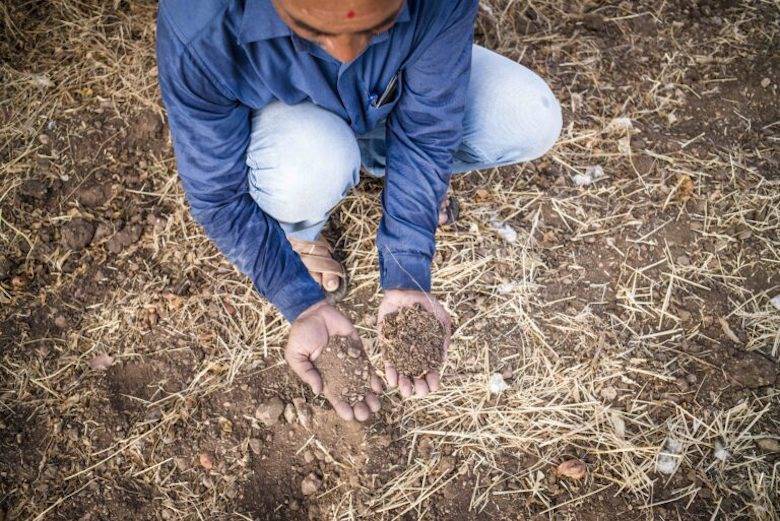BCI supports sustainable soil projects

Better Cotton Initiative (BCI), the Geneva-based body that campaigns for increased production and consumption of more sustainable cotton, is to work with Global Soil Partnership (GSP), a project run by United Nations agency the Food and Agriculture Organisation.
Soil health is one of BCI’s seven better cotton principles, the criteria it uses to define what better cotton is.
On announcing its involvement with the partnership, it said: “Soil is one of the fundamental assets of any farmer. Poor soil management can lead to poor yields, depletion of soil, wind erosion, surface runoff, land degradation and climate change.”
It said a better understanding of soil management can offer cotton farmers a significant increase in the quality and quantity of yields and large cost reductions in fertilisers, pesticides and labour. There is also the potential for healthy soil to act as a carbon sink, mitigating against climate change.
Established in 2012, GSP aims to build collaboration between stakeholders working with soils. It manages a portfolio of global programmes designed to improve soil governance and to promote sustainable soil management.
BCI is taking part in two pilot projects with GSP, working with national governments, agricultural stakeholders and farming communities to help cotton farmers introduce sustainable soil management practices. The pilot projects are in Mali and India.
In Mali, BCI is working with an organisation called Soil Doctors, which promotes farmer-to-farmer training to spread good practice in sustainable soil management. They began the project in April and BCI has said it hopes to continue the work in Mozambique too, with cotton farmers in both African countries receiving specialist training, educational material, access to demonstration plots, fields to use to try the ideas out and soil testing kits.
The Indian project involves offering cash incentives to farmers who achieve improvements, based on the volumes of carbon sequestered in the soil and the reduction of greenhouse gas emissions.
Image shows Vinodbhai Patel, a cotton farmer in Gujarat, India, comparing soil from his field with the soil from a neighbouring field.
Credit: BCI/Florian Lang








